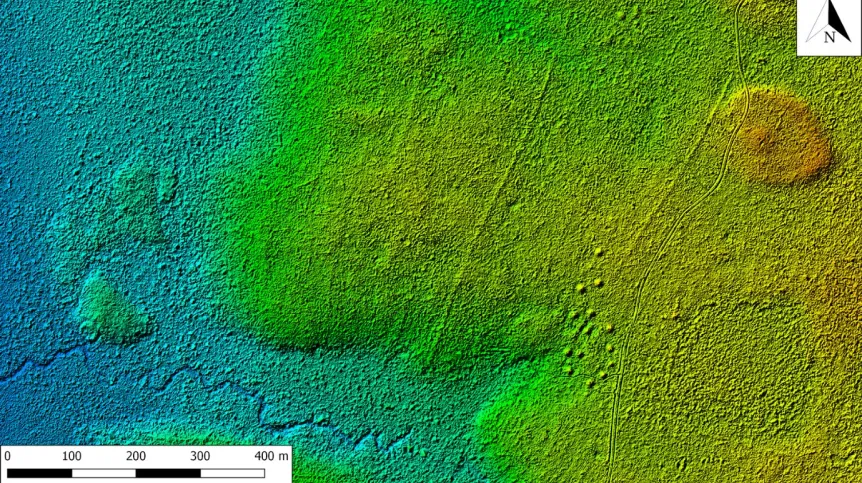
Nearly 600 burial mounds, nearly 800 mounds of various functions, remains of ancient fields - these are just some of the discoveries made by archaeologists in the Białowieża Forest.
A team of scientists from the Institute of Archaeology of the Cardinal Stefan Wyszyński University (IA UKSW) in Warsaw summed up a five-year research project in the Polish part of the Białowieża Forest. When starting in 2017, the researchers were sceptical, but also full of hope.
The project’s chief coordinator, Dr. Joanna Wawrzeniuk from IA UKSW said: “Thanks to the use of innovative research methods, combined with numerous analyses of nature, despite the initial pessimism, we obtained sensational results.”
The project leader was Professor Przemysław Urbańczyk.
What was discovered? 789 mounds with a variety of functions, 577 burial mounds, 246 charcoal piles (places where charcoal was produced on a massive scale), 54 tar kilns, 19 complexes of ancient arable fields, 30 trenches, 51 semi-dugouts and 17 war cemeteries. The objects come from different periods, from prehistory to World War II.
Dr. Wawrzeniuk said: “According to the current conservation doctrine, we mainly used non-invasive tests. Preliminary information was provided from air laser scanning.”
Laser scanning is a very efficient method. It allows researchers to learn the terrain even when it is covered with thick vegetation or forest. The resulting images show even small man-made structures, such as dugouts or mounds.
When asked about the function of mounds not considered burial mounds, the researcher said that they could also be graves or they were much later structures related to the exploitation of the forest.
As for confirmed burial mounds, according to Dr. Wawrzeniuk, some come from the early Middle Ages, most from the Roman period (2nd century CE). A few of them have been excavated with those from the Middle Ages containing skeletal or crematory graves, while those from the antiquity do not contain human remains.
Dr. Wawrzeniuk said that in prehistory and in the Middle Ages, people settled in the forest mainly on small elevations with access to a river or stream. These places were often inhabited for a longer period, sometimes with interruptions.
It is not clear when the forest was most intensively used by man. Discovered outlines of fields come from different periods, they gave different sizes and shapes, but a limited area.
The biggest surprises during the research was the discovery of two fortified structures, which, contrary to first impressions, did not have a defensive function. They were not forts. They could have been ritual places, but without excavations, archaeologists are not able to confirm it unequivocally.
One of these structures is located in the strict reserve of the Białowieża National Park, and the other in the Wilczy Jar Forestry. The former has a diameter of 36 m and a small, 3 m wide rampart. In its, area, archaeologists found Slavic ceramics from the early and late Middle Ages and prehistoric flint artefacts.
The second structure has an external diameter of about 17 m. On the rampart and a fragment of the clearing, archaeologists discovered dense pavement, a shallow cavity and a trace of a stake. Small burned animal bones were found in the vicinity. There was also a vessel from the period of Roman influence. Expert analyses of organic remains allowed to determine that this place was used in two periods - 4th-3rd century BCE and 7th-10th century CE.
When studying the past of the Forest, the researchers also used archival queries, carried out geophysical research, drilled wells and conducted surveys, i.e. excavations with a fairly limited range.
Research was financed with funds from the Polish National Science Centre. The results include a three-volume catalogue, which describes the discovered archaeological sites. Further publications are planned that will describe both the results of archaeological research and the analyses of nature.
PAP - Science in Poland, Szymon Zdziebłowski
szz/ agt/ kap/
tr. RL
Gallery (6 images)
-
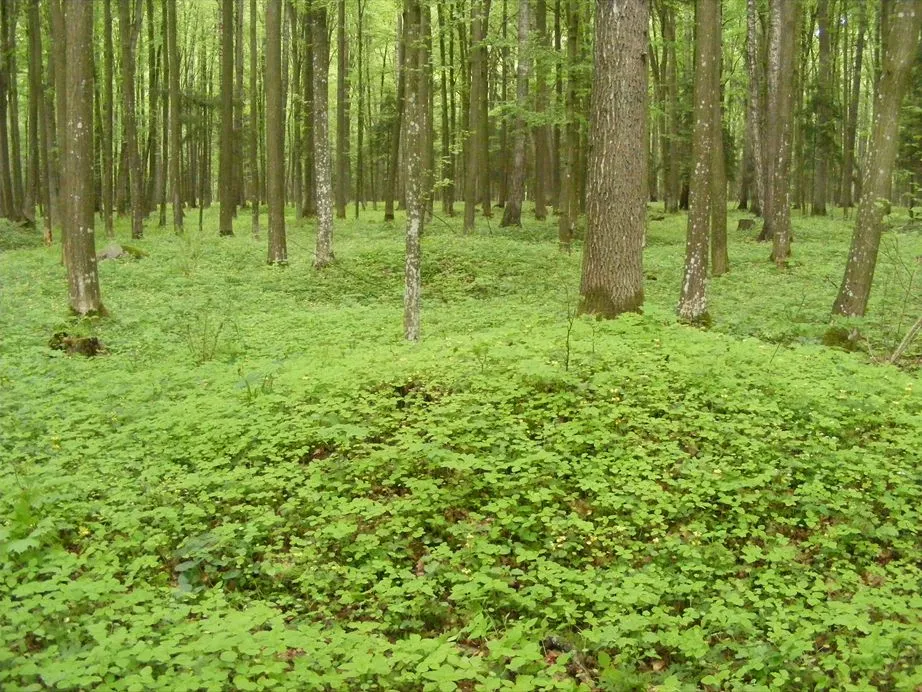 1/6Credit: J. Wawrzeniuk
1/6Credit: J. Wawrzeniuk -
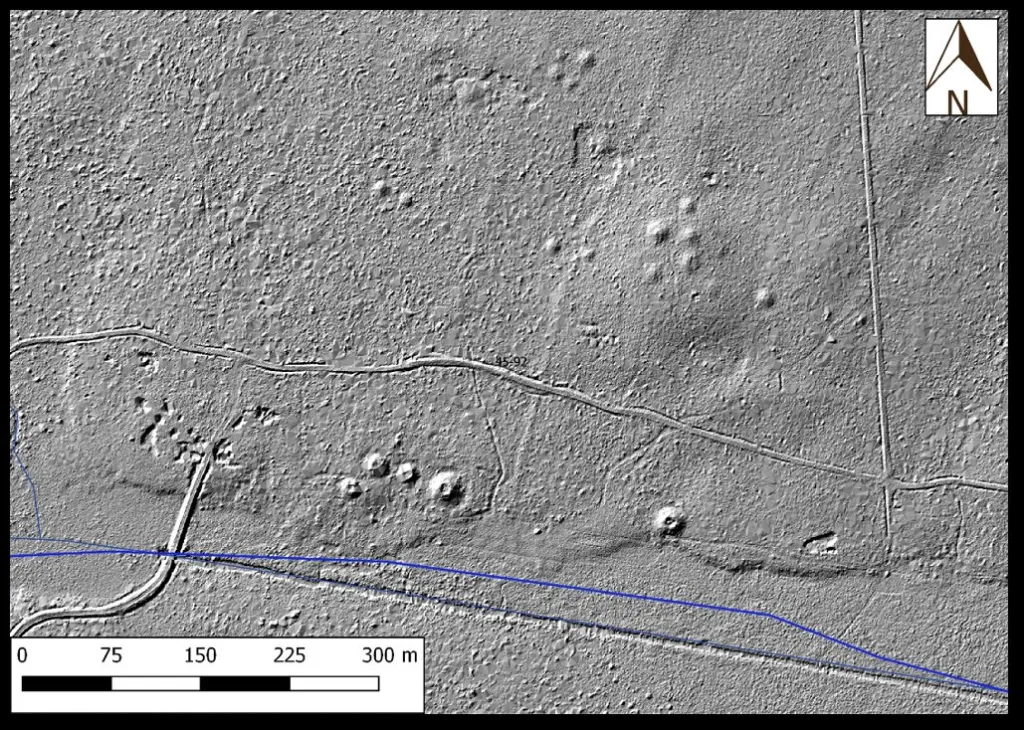 2/6Credit: M. Szubski
2/6Credit: M. Szubski -
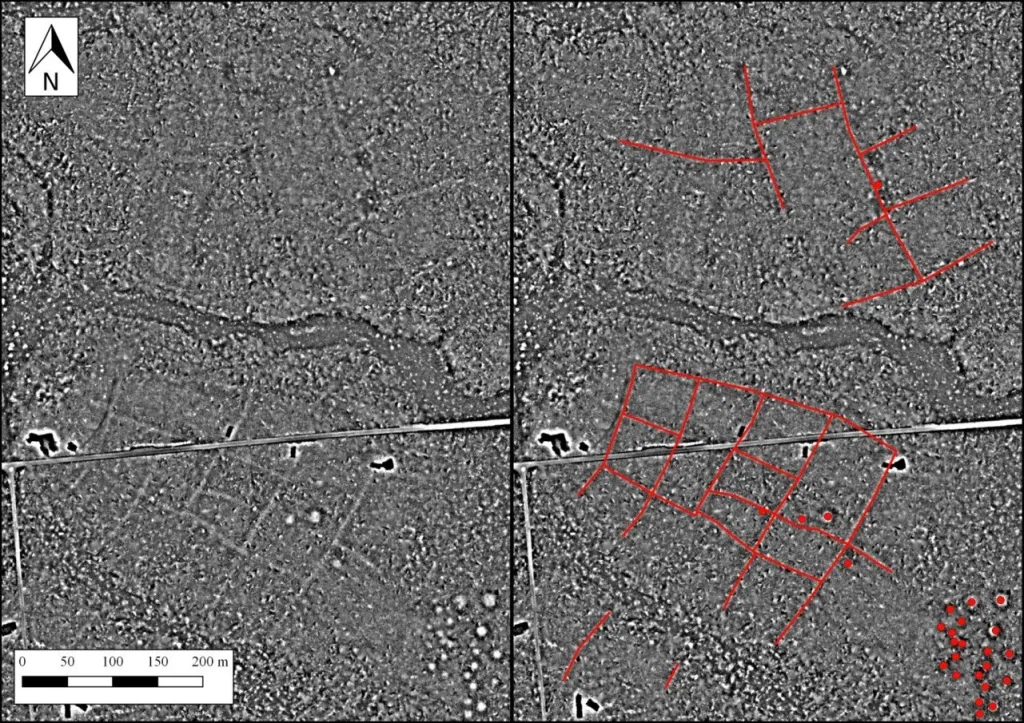 3/6Credit: M. Szubski, M. Jakubczak
3/6Credit: M. Szubski, M. Jakubczak -
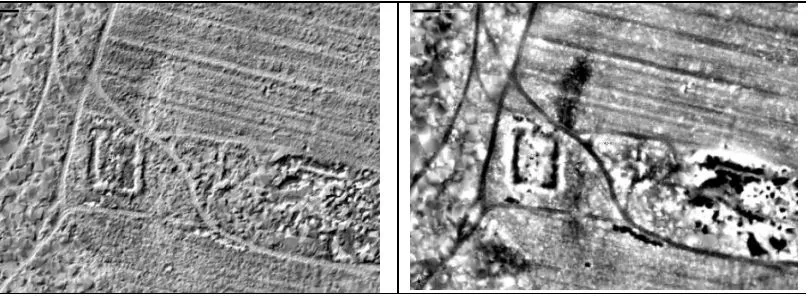 4/6Credit: M. Szubski, M. Jakubczak
4/6Credit: M. Szubski, M. Jakubczak -
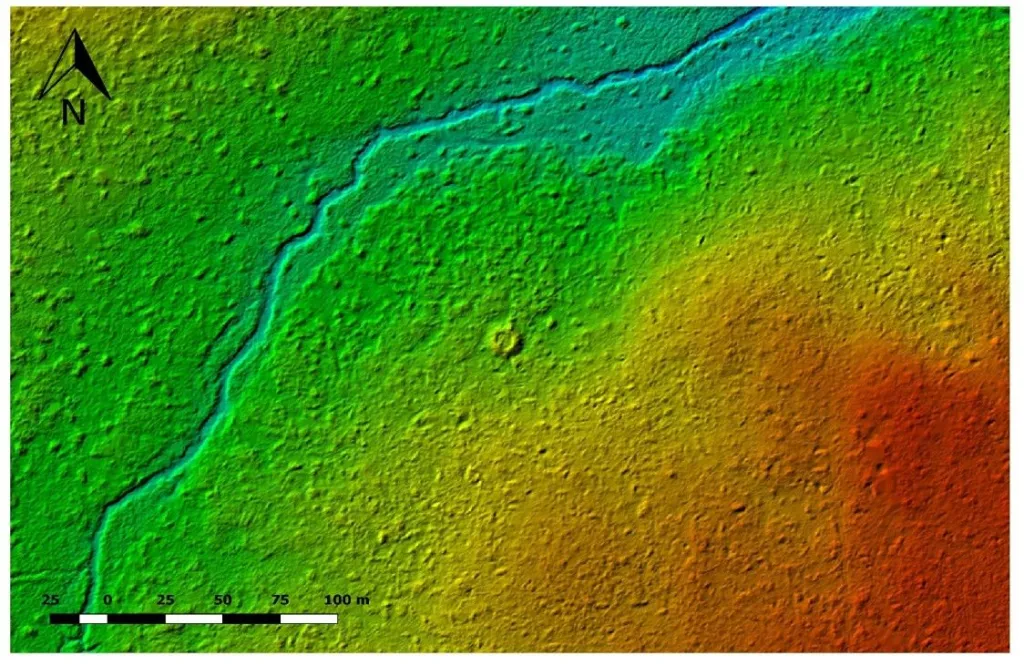 5/6Credit: K. Niedziółka
5/6Credit: K. Niedziółka -
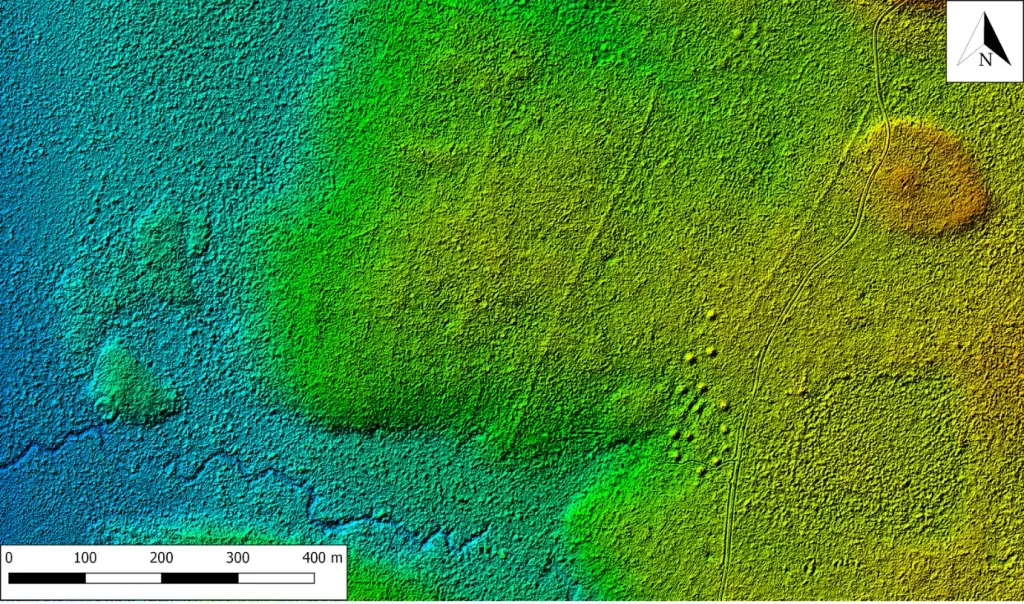 6/6Credit: M. Szubski, M. Jakubczak
6/6Credit: M. Szubski, M. Jakubczak













